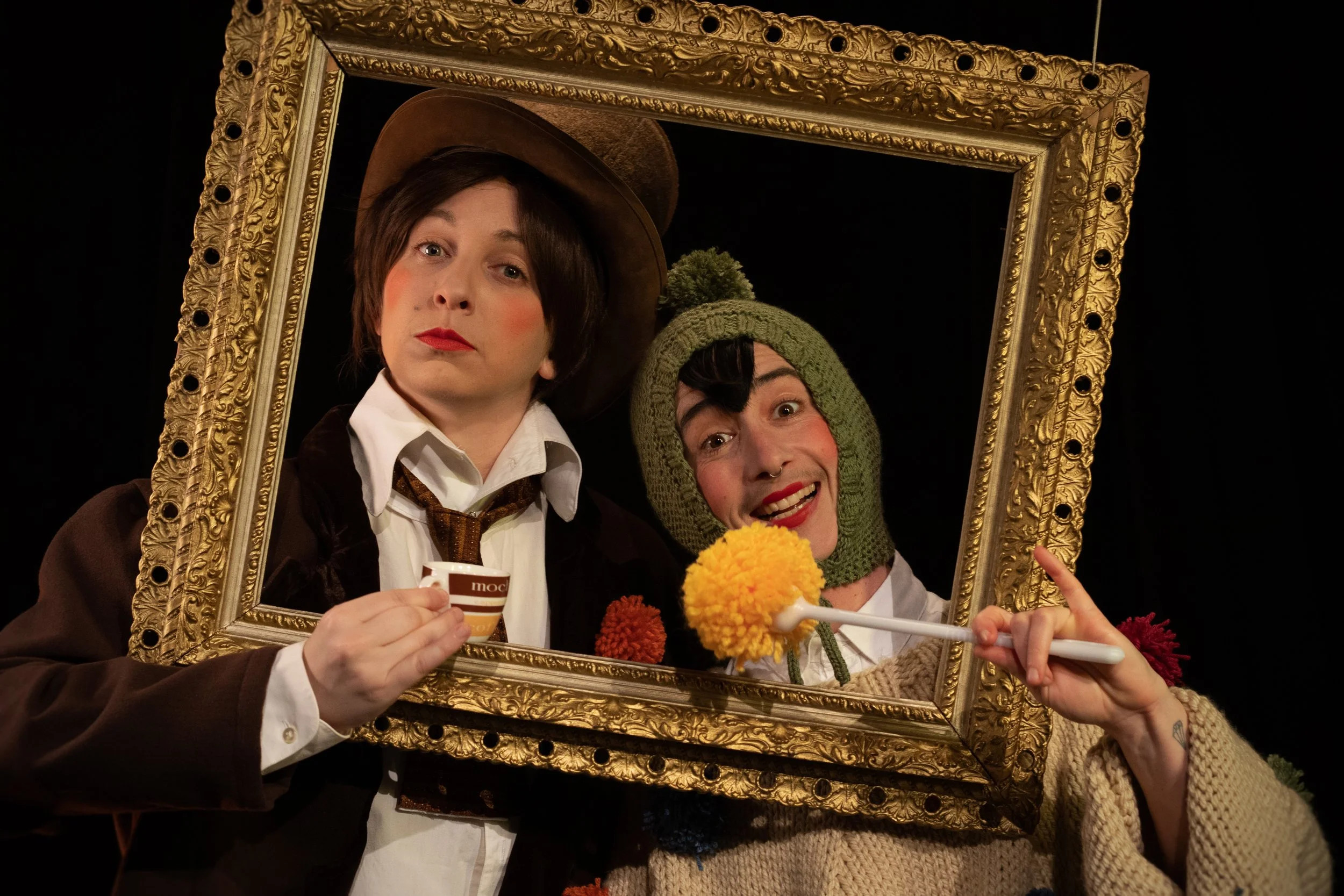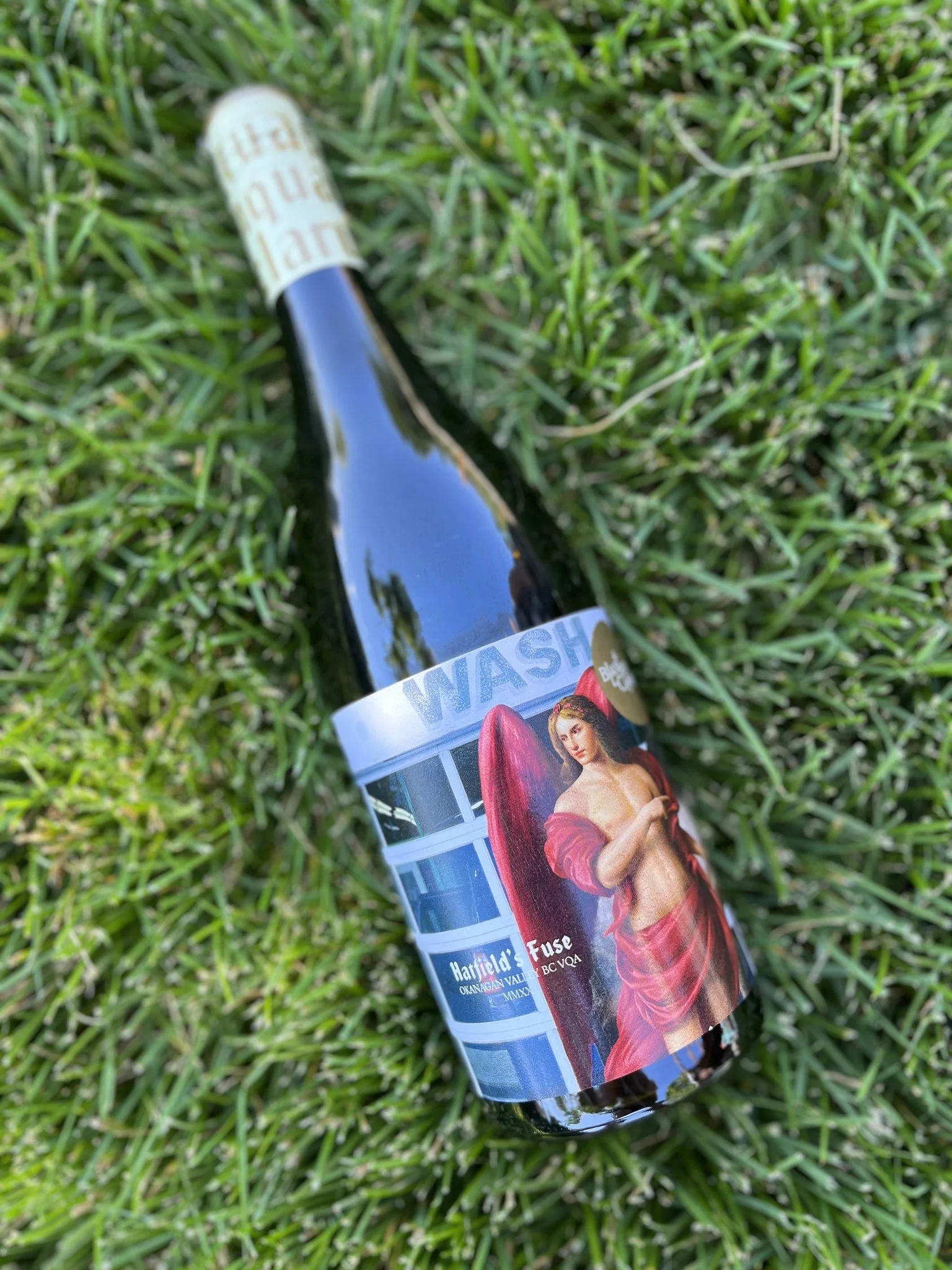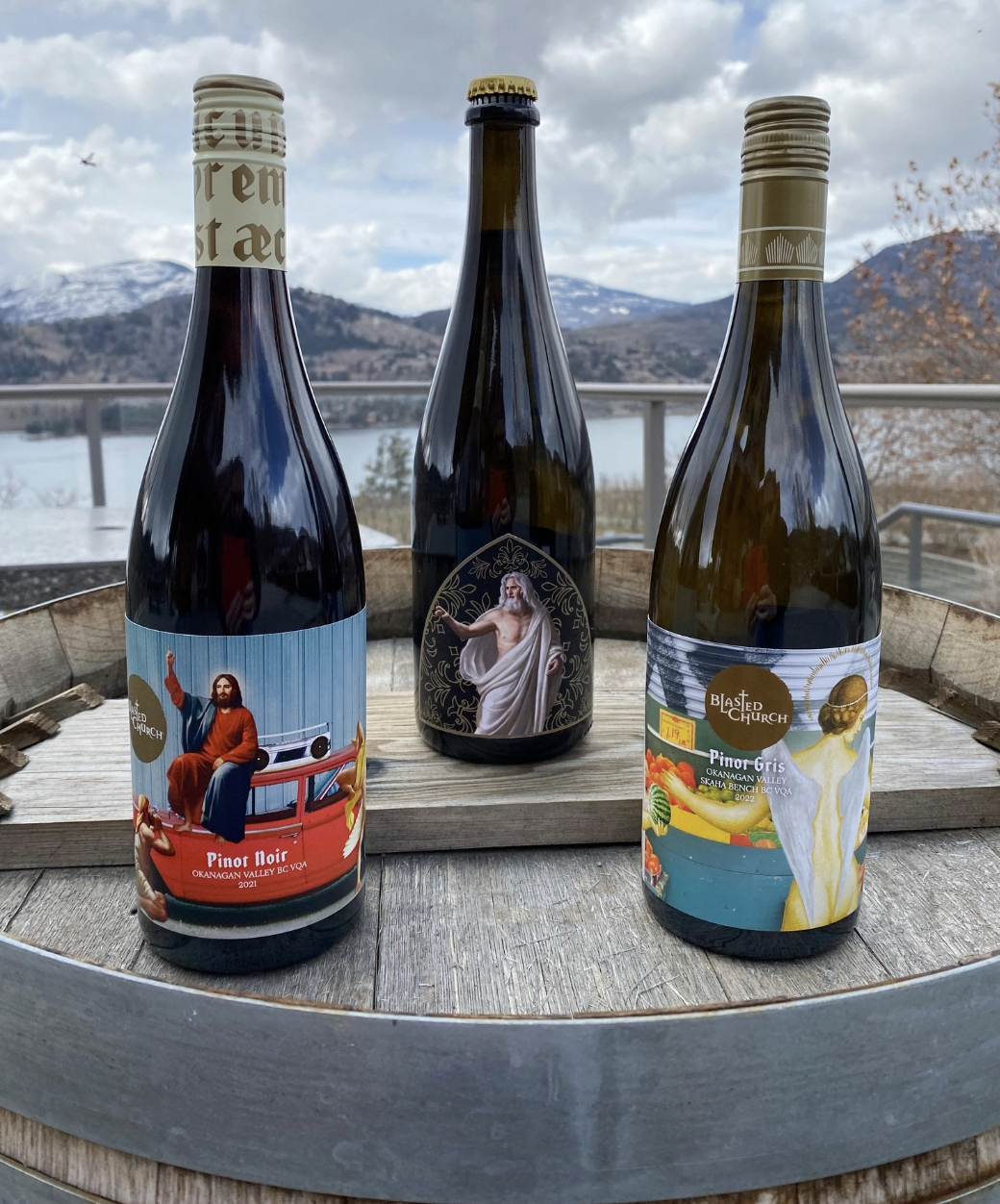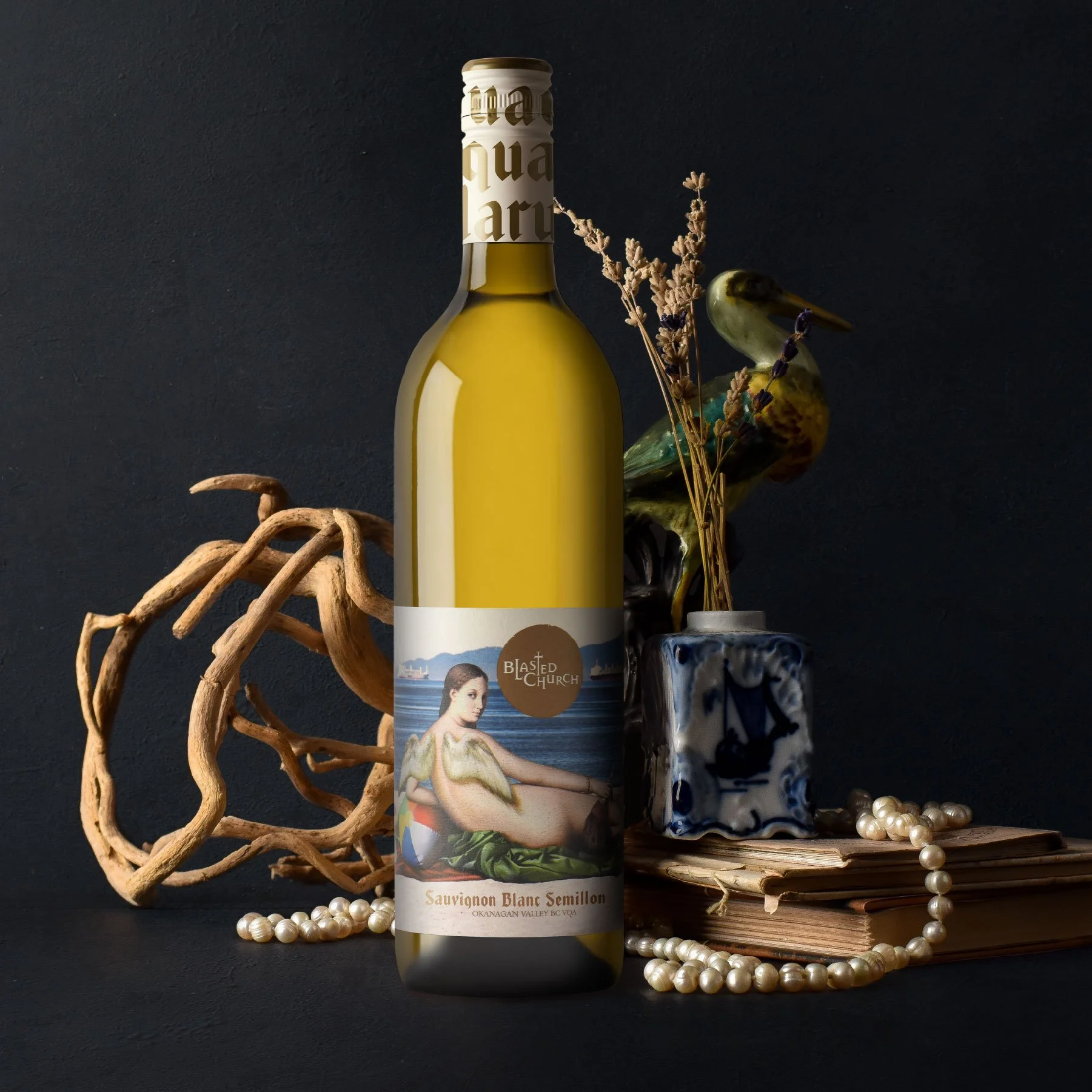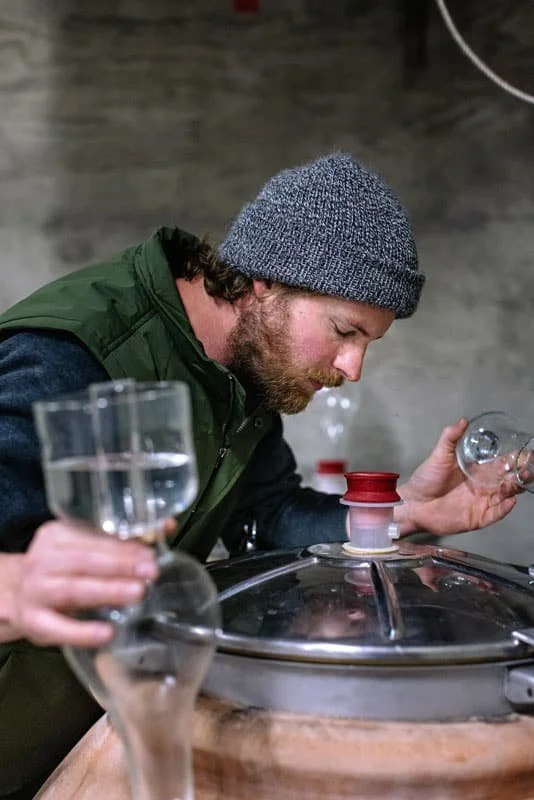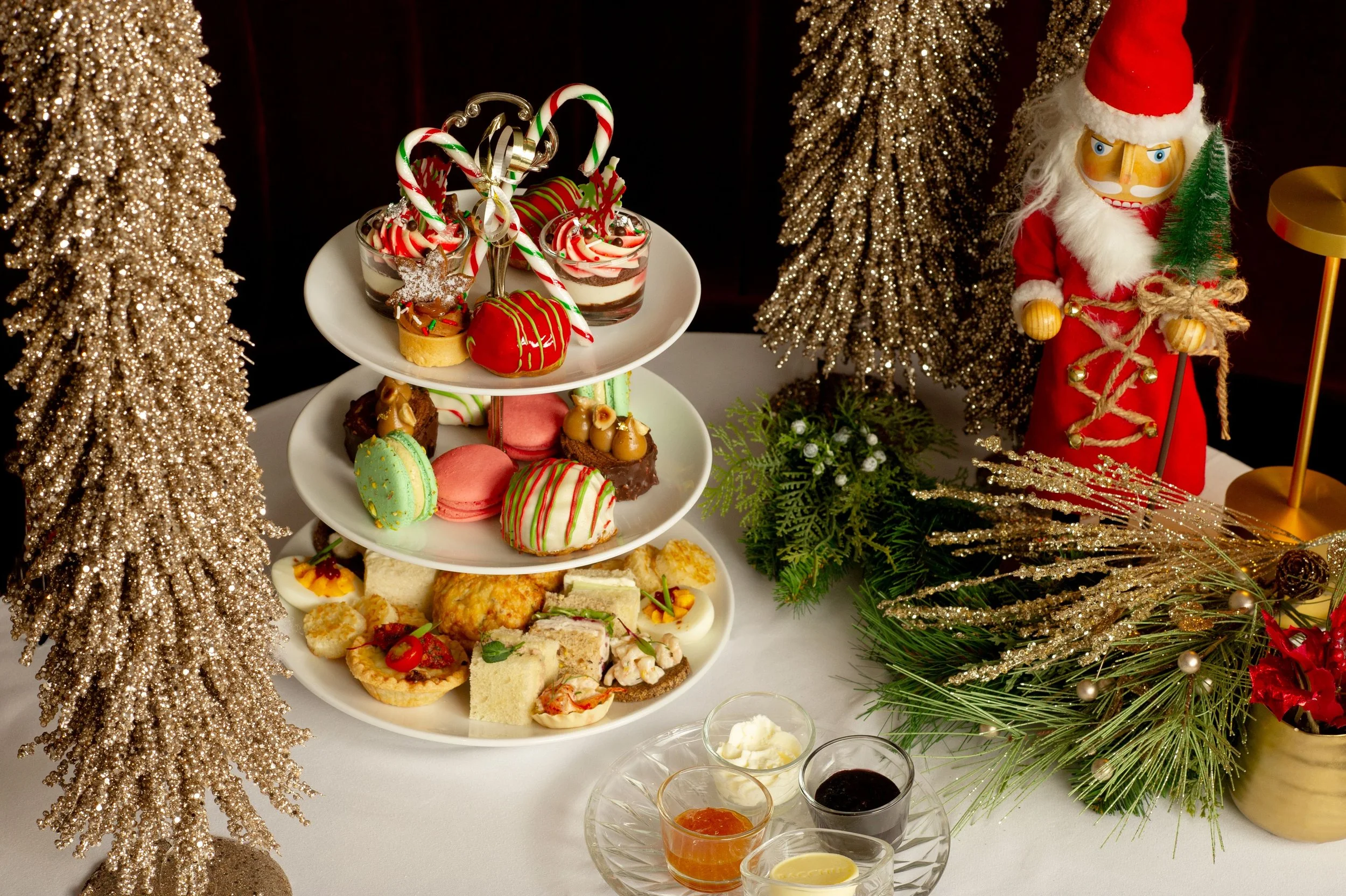Stir Pairing: Bean & Hat and Blasted Church Vineyards
In the Canadian clowning show and at the Okanagan Falls winery, there’s craft behind the creativity
Bean & Hat. Photo by Danny Guay
Blasted Church Vineyards.
Every week, Stir Pairing suggests locally available food and/or drink to go with a local arts event
The event
Bean & Hat at The Cultch’s Vancity Culture Lab at to April 16
The wine
Blasted Church Vineyards
The lowdown
Bean & Hat is a new scripted clown show about acting on your wildest dreams and exploring what it means to live, die, and grow up. If the word clown brings to mind red noses and animal balloons or the movie It, however, think again. The play, by Katie Gartlan-Close, is rooted in the Canadian clowning technique created by the late Richard Pochinko.
Pochinko was a Manitoba-born artist who trained for a time in Paris but was put off by the prevailing authoritarian approach to clowning there. Back in North America, he connected with a spirit guide named Jonsmith, who taught him about the little-known Native tradition. Using masks, he synthesized modern European and Indigenous techniques to develop his own. Here’s how Toronto-based Theatre Resource Centre, which Pochinko founded initially in Ottawa in 1975, sums up his work: “The core of this approach is the idea that if we can face all the directions of ourselves, North, South, East, West, Up, Down, we can only laugh – at the beauty and wonder that is in us.”
Back to Bean & Hat. Gartlan-Close, a New Westminster-based queer playwright, clown, and artist, has a master’s degree in playwriting from the University of Edinburgh and a double major in theatre performance and communications from Simon Fraser University. Her previous works include The Waiting Room (developed via the Arts Club Theatre Company’s Emerging Playwrights’ Unit 2021) and Cocoon (Canadian Play Thing Reading and Pride Plays 2020 in Edinburgh).
A brief version of Bean & Hat debuted in 2019 at Vancouver’s now-defunct Pull Festival, which featured nothing but 10-minute plays. Directed by Davey Samuel Calderon (founder of New(to)Town Collective), Bean & Hat is now having its full-length world premiere.
Here's how it came about.
“Oftentimes, as a clown, you would create a physical body and voice of a character or mask and then build a clown turn or a full show out of the physical work,” Gartlan-Close explains in her Bean & Hat blog. “In this case, I was interested in taking my clown training and smashing it together with playwriting. Using my own skills and craft as a playwright, I sat down at my laptop and wrote a clown show. This is quite unusual and was definitely an experiment in a way….Bean & Hat is a clown show but it’s also full of snappy dialogue and character arcs and conflicts, and structure which I put into my writing.”
Bean & Hat.
Clowning, according to Gartlan-Close, aims to create a connection with the audience and highlights our humanity. And it always comes back to the heart.
“Especially for the Canadian style of clowning, from Richard Pochinko’s teachings, clowning is not so much about the funny gag but about the psyche of the clown,” Gartlan-Close writes. “It is about taking the inner feelings and thoughts and externalizing them so that the audience can connect with and love the performer, the character that they see on stage and they can also see themselves in the character. It is about the heart. It is about our fallible human hearts. And hopefully it’s funny sometimes too!”
The play follows Bean (played by Rhyan McCorkindale) and Hat (Geneva Perkins), who are best friends. Bean is curious and emotional, while Hat takes things more seriously. They live in a world without gender, and together, they imagine magical realms where dreams become reality.
Family- and 2SLGBTQIA+-friendly, Bean & Hat straddles laugh-out-loud comedy and a dark meditation on death. Via short vignettes, it explores simple human desires, gender fluidity and expression, mortality’s impacts on mundane tasks, and the small moments that make it all worthwhile.
Blasted Church Vineyards.
The pairing
Bean & Hat may be “clowning” but it’s not exactly clowning around. Fun is without a doubt a feature, yet there’s serious training behind the technique, honed skills behind the execution, and craft behind the creativity.
The very same can be said of Blasted Church Vineyards.
Celebrating its 21st year, the Okanagan Falls winery is known as much for its playful, cheeky humour as it is for its outstanding—some might say heavenly—wines.
Here’s the backstory: The winery takes its name from a “big bang”… In 1929, an Okanagan Falls congregation enlisted a crew to dismantle an old wooden church about 30 kilometres away and bring it back to the town. Foreman Harley Hatfield needed a new tack after discovering that the building’s rusty square nails were causing damage each time they were removed. So he figured that lighting four dynamite sticks that he hung inside would help loosen the nails. Boom! It worked. The steeple was destroyed, but the rest of the structure was able to be taken down then rebuilt in OK Falls. Services still take place every Sunday to this day .On the front lawn is a sign that indicates it is the “blasted church”.
The winery’s flagship wine, Hatfield’s Fuse, is named after that creative construction worker and his dynamite.
Blasted Church Vineyards.
To immortalize the story of the church and the community itself, the winery commissioned original art for its stunning, colourful labels, which were renewed in 2010. Chris Sickels of Greenfield, Indiana’s Red Nose Studio designed Claymation caricatures, the labels going on to do more than catch people’s eyes and win international design awards. They led to a more than 10-fold growth in sales of Blasted Church wines over its first decade.
In 2018, the winery introduced new labels inspired by Renaissance-era masterworks to reflect the innovation happening in the bottles. Figures from classical paintings are removed from their sublime surroundings and inserted into modern-day settings. The Renaissance labels have recently been refreshed anew, those contemporary spots including iconic places in Metro Vancouver, such as a fruit stall at Granville Island Public Market, a popular East Vancouver skatepark, and North Vancouver’s iconic Oasis car wash.
The varietal-driven Renaissance wines currently include Cabernet Franc 2020, powerful with flavours of red berries, plum and dark cherries; and the rich and shimmery OMG 2018, with bright, persistent bubbles (“…and on the 8th day, pop, fizz, clink!”, the web description goes). The latter is made of Pinot Blanc (60 percent) and Chardonnay (40 percent) sourced exclusively from Blasted Church’s estate vineyard on Skaha Bench
More recently, winemaker Evan Saunders and his team have created a tier of wines called Small Blessings—named for their small-lot production. More experimental, they are made with minimal intervention. Cross to Bear 2018, for instance, blends Cabernet Franc from four different vineyards, each contributing a distinct character profile to the intense, earthy, gorgeously structured wine.
Other examples of the way Blasted Church is innovating is through wines made in a clay amphora and a clay egg; the winery also sources handmade terracotta bottles.
Evan Saunders.
While Hatfield’s Fuse remains the winery’s most popular wine, Blasted Church has close to a total of 30 products, growing Pinot Gris, Gewurztraminer, Merlot, Blaufränkisch, Pinot Noir, Cabernet Sauvignon, Sauvignon Blanc, Riesling, Chardonnay, Chardonnay Musqué, and Pinot Blanc. Next up: the team is planting Malbec, Cabernet Franc, and Nebbiolo vines on its upper block.
The winery’s elegant Sacrosanct 2020 Nebbiolo (from the Mariposa Vineyard in the Similkameen Valley) recently earned high praise in Decanter—a significant achievement for a B.C. wine up against global wines. Other nods? Platinum Award at Great American International Wine Competition for the 2018 Small Blessings Nothing Sacred. Gold at the National Wine Awards of Canada 2022 for the 2018 Syrah, 2021 Small Blessings Botrytis Affected Riesling, 2019 Cross to Bear Cabernet Franc, and 2019 Nectar of the Gods. There are many more.
Saunders, who was born in small town Manitoba, earned a degree in microbiology from UVic. His initial plan was to pursue something science-related—environmental sciences, perhaps, or medicine. But throughout his postsecondary studies, wine kept coming up. He had developed a passion for gardening and growing things from his Prairie background, and he had a knack for the scientific side of winemaking. He went on to study it at Brock University.
“I guess I like the sadistic side of it all,” Saunders tells Stir with a laugh. “You get one chance, and that’s it. It just amps everything up. Into every bottle of wine, there’s 10,000 little decisions that you make, and if you make one wrong decision in that process…
“It’s fun,” he adds. “I like the energy of harvest—the excitement and the long days and long nights—particularly when you have a good team….It’s scientific but it’s also art—it’s half and half of both. It satisfies the creative side, but you have something tangible at the end. The most important thing that we can do is let the fruit shine through.”
The winery is now open for the season, with Tastings to Celebrate Spring the Heart of Wine Country taking place May 13 and 14. The free, 30-minute guided, fun experience features four of Blasted Church’s Small Blessings wines, enjoyed on the patio overlooking Skaha Lake.


